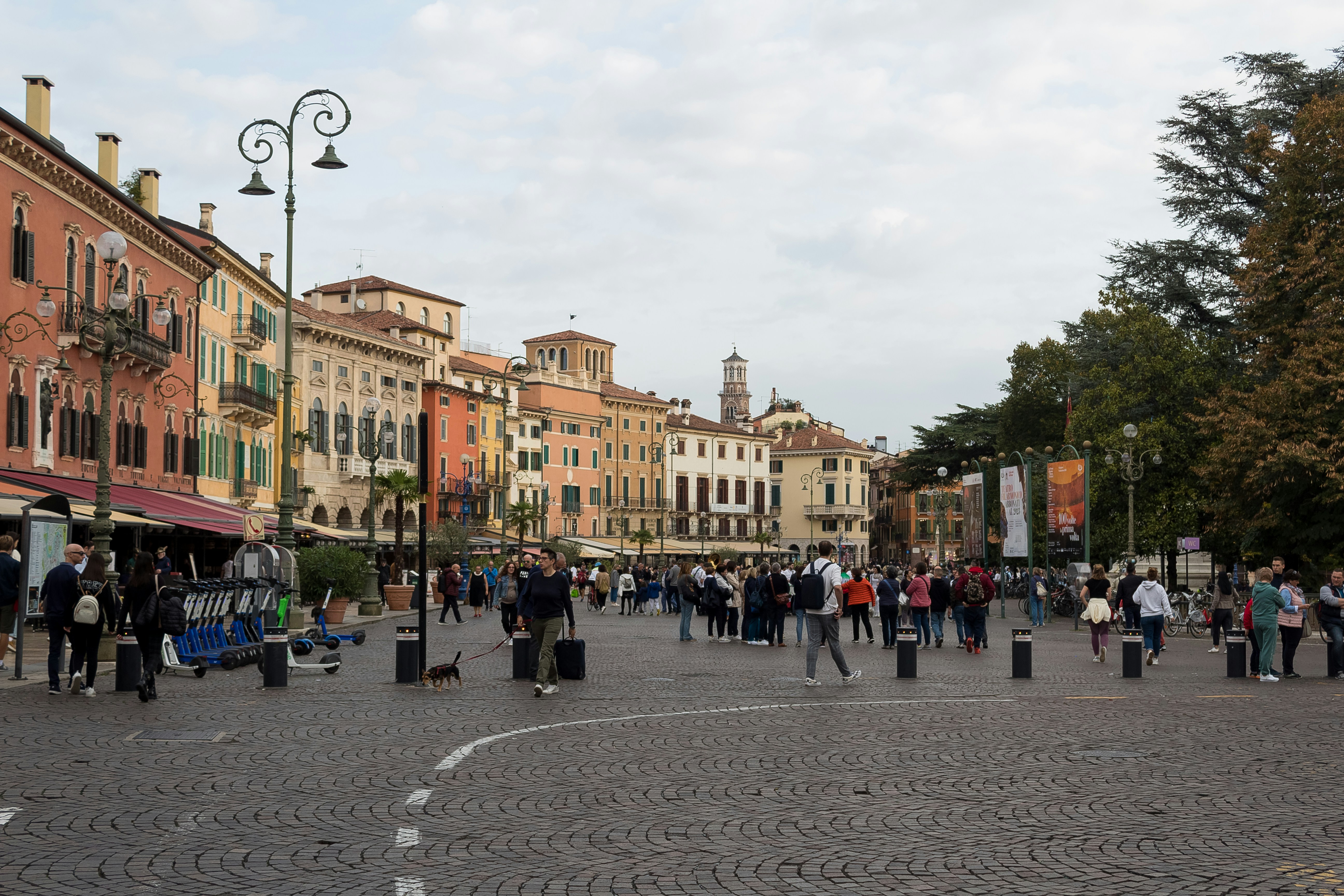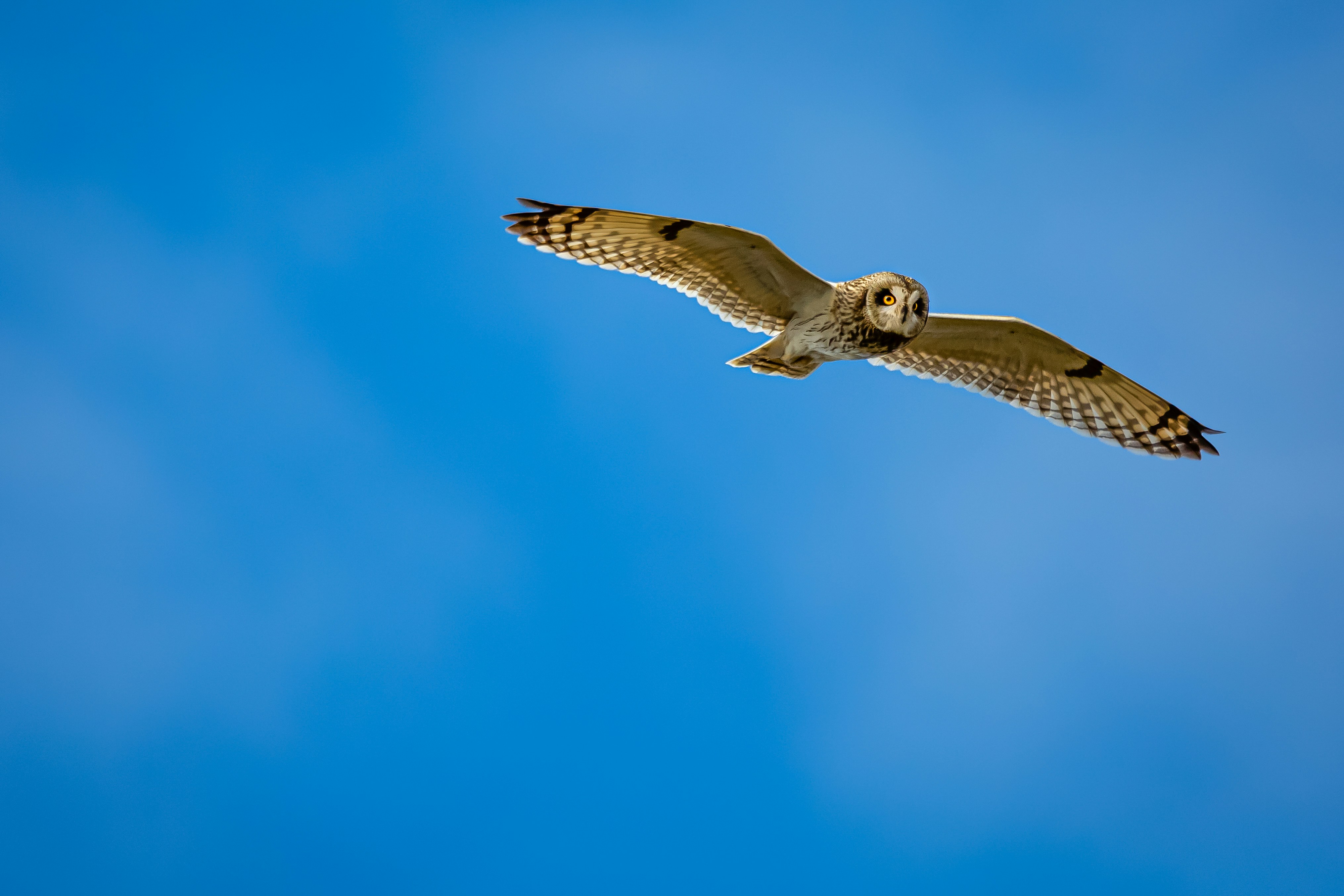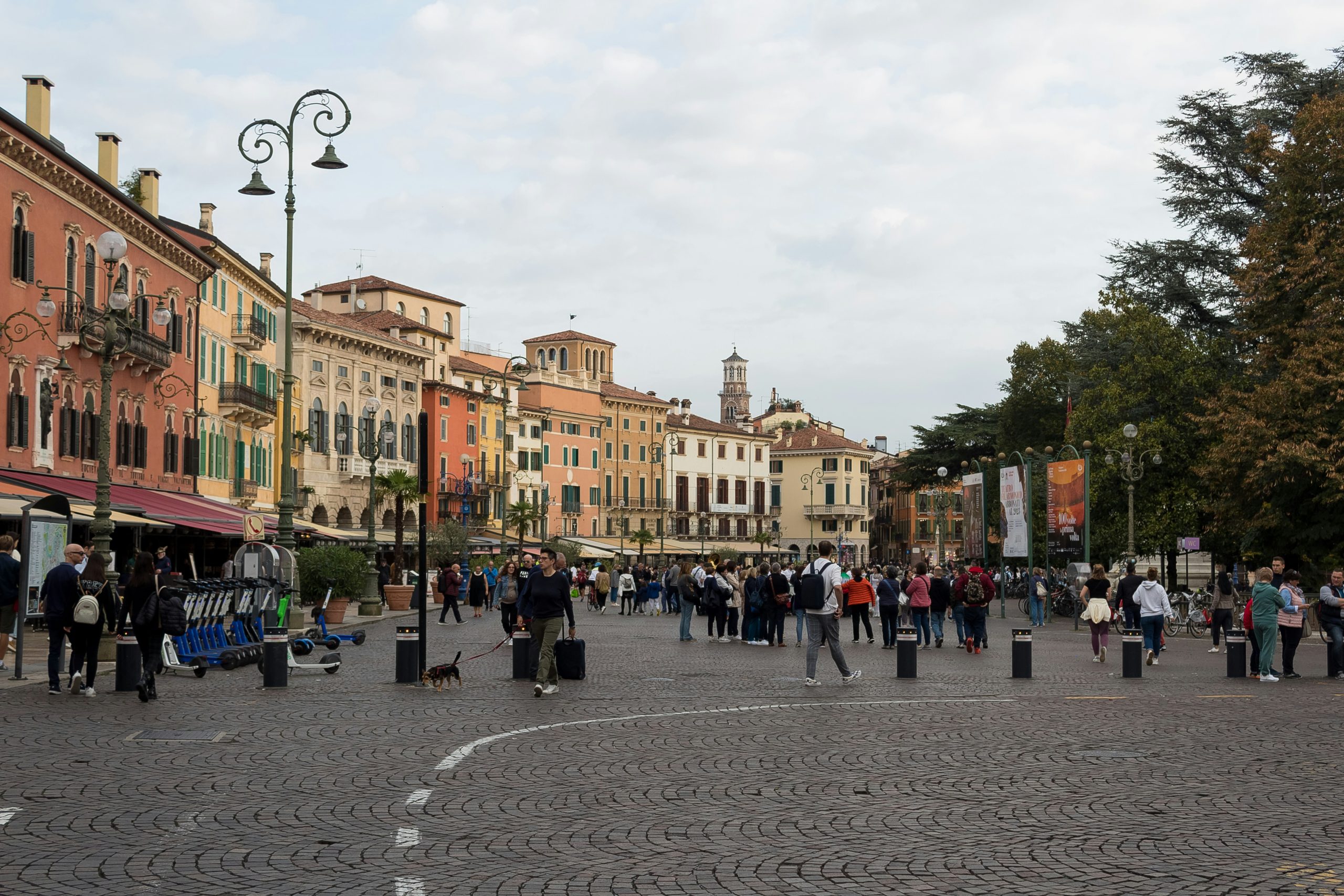What makes a realistic VR stand-up flying experience special?
Introduction to VR technology and its advancements
Virtual reality has come a long way in recent years, transforming how we interact with digital worlds. Gone are the days of simple flat screens and static images. Today, immersive experiences transport us to realms previously thought unattainable—like soaring through the skies on a whim. Among these groundbreaking innovations is the realistic VR stand-up flying experience, which takes flight simulation to new heights.
Imagine standing upright, feeling as though you’re genuinely airborne while navigating breathtaking landscapes. It’s not just about escaping reality; it’s about fully engaging with an expansive universe that responds to your every move. This technology invites users into a captivating world where gravity feels optional and adventure awaits around every corner.
As we delve deeper into what makes this immersive journey special, you’ll discover the unique elements contributing to its allure and why it stands out from traditional VR flying simulations. Buckle up for an exploration of cutting-edge advancements that make virtual flight more exhilarating than ever!
The concept of a realistic VR stand-up flying experience
Imagine soaring through the skies, feeling the wind brush against your face. A realistic VR stand-up flying experience brings that fantasy to life in a way that traditional simulations never could.
This immersive technology allows users to physically Realistic VR Stand-Up Flying Experience engage with their environment while standing. You don’t just watch; you actively participate. Your movements become part of the flight, making every twist and turn feel authentic.
The thrill of being airborne is amplified as you navigate stunning landscapes or challenging terrains. It’s not just about visuals; it’s an adventure that engages both body and mind.
With this innovative approach, developers are crafting experiences that blur the line between reality and simulation. You’ll find yourself lost in a world where gravity feels real but freedom knows no bounds. This concept transforms gaming into something far more exhilarating and unforgettable.
The benefits of a stand-up experience compared to traditional VR flying simulations

A stand-up VR flying experience transforms the way users interact with virtual environments. Unlike traditional seated simulations, standing enhances physical engagement. This increased mobility allows for a more authentic sense of flight.
Users can stretch their arms and shift their weight, mimicking real-world movements that make the experience feel genuine. The freedom to move creates an exhilarating sensation as players soar through digital skies.
Additionally, standing improves spatial awareness. It helps users learn how to navigate in 3D space effectively. This connection between body movement and visual feedback deepens immersion.
Social elements also thrive in a stand-up scenario. Friends can gather around, witnessing each other’s reactions while sharing laughter or excitement during flights. The shared experience fosters community bonds and enriches enjoyment beyond solo play.
With these benefits combined, it’s clear that stepping away from traditional setups elevates the VR flying adventure into something truly special.
How advanced graphics and motion tracking contribute to the realism of the experience
Advanced graphics play a pivotal role in creating a breathtaking realistic VR stand-up flying experience. High-resolution visuals transport users into stunning environments, whether soaring over sunlit mountains or gliding through futuristic cities. Every detail captivates the senses and draws players deeper into their virtual world.
Motion tracking elevates this immersion to another level. VR Standing Flight With precise sensors capturing even the slightest movements, users can tilt, turn, and navigate seamlessly as if they were truly airborne. This accuracy removes barriers between reality and fantasy.
The combination of rich visual elements with fluid motion creates an unparalleled sensation of flight. It feels natural and intuitive rather than mechanical or clunky. Users don’t just see; they feel every twist of the wind against their bodies as they engage with dynamic landscapes around them, enhancing both excitement and realism in ways traditional simulations cannot achieve.
The role of sound and haptic feedback in enhancing the immersive experience
Sound and haptic feedback play crucial roles in creating a truly immersive experience in realistic VR stand-up flying. The auditory landscape elevates the adventure, enveloping you with the roar of wind rushing past and the distant hum of engines. Every sound is carefully crafted to mimic real-life scenarios, making your flight feel genuine.
Haptic feedback complements this auditory immersion by providing tactile sensations. When you soar through clouds or encounter turbulence, subtle vibrations simulate these experiences on a physical level. This connection between what you see, hear, and feel bridges the gap between reality and virtuality.
Imagine feeling every gust of wind against your body as you navigate stunning landscapes. Combined with rich audio elements, these sensations transport users into an entirely different world where flying isn’t just visual; it’s an all-encompassing journey that engages multiple senses at once.
Testimonials from users who have tried a realistic VR stand-up flying experience

Users have been raving about their experiences with realistic VR stand-up flying. One enthusiast shared how the sensation of soaring through virtual skies was unlike anything they had ever encountered. “I felt like I was really flying,” they remarked, eyes wide with excitement.
Another user highlighted the physical engagement that comes from standing up while navigating the simulated environment. “It’s a full-body experience! You’re not just sitting there; you move and feel every twist and turn.”
Many users also noted the emotional impact of this technology. A frequent flyer mentioned it provided an escape during stressful times: “It’s therapeutic to just take off and leave everything behind, even if it’s in a virtual world.”
The blend of realism, interactivity, and immersion has left many eager for more adventures in this captivating realm. The buzz is growing as more people get hooked on this innovative way to explore flight.
Potential future developments in VR technology for an even more lifel
As technology continues to evolve, the potential for even more lifelike experiences in virtual reality is immense. Researchers and developers are actively exploring ways to enhance realism through improved graphics, AI-driven environments, and physiological tracking systems that can monitor users’ physical responses.
Imagine a future where VR headsets can accurately detect your heart rate or muscle tension and adjust the experience accordingly. This level of interactivity could make each flight feel uniquely tailored to individual users. Innovations like brain-computer interfaces may also become commonplace, allowing users to control their movements with mere thoughts.
Moreover, as hardware becomes more affordable and accessible, we might see widespread adoption of these advanced technologies in homes around the world. Enhanced social features could allow friends or family members to join these flying adventures together from different locations—adding a new layer of connection during shared experiences.
The possibilities seem endless as industries invest heavily in VR development. With every leap forward, the realistic VR stand-up flying experience promises not just escapism but an unparalleled sense of freedom that resonates deeply with those who dare to soar into this digital sky.

